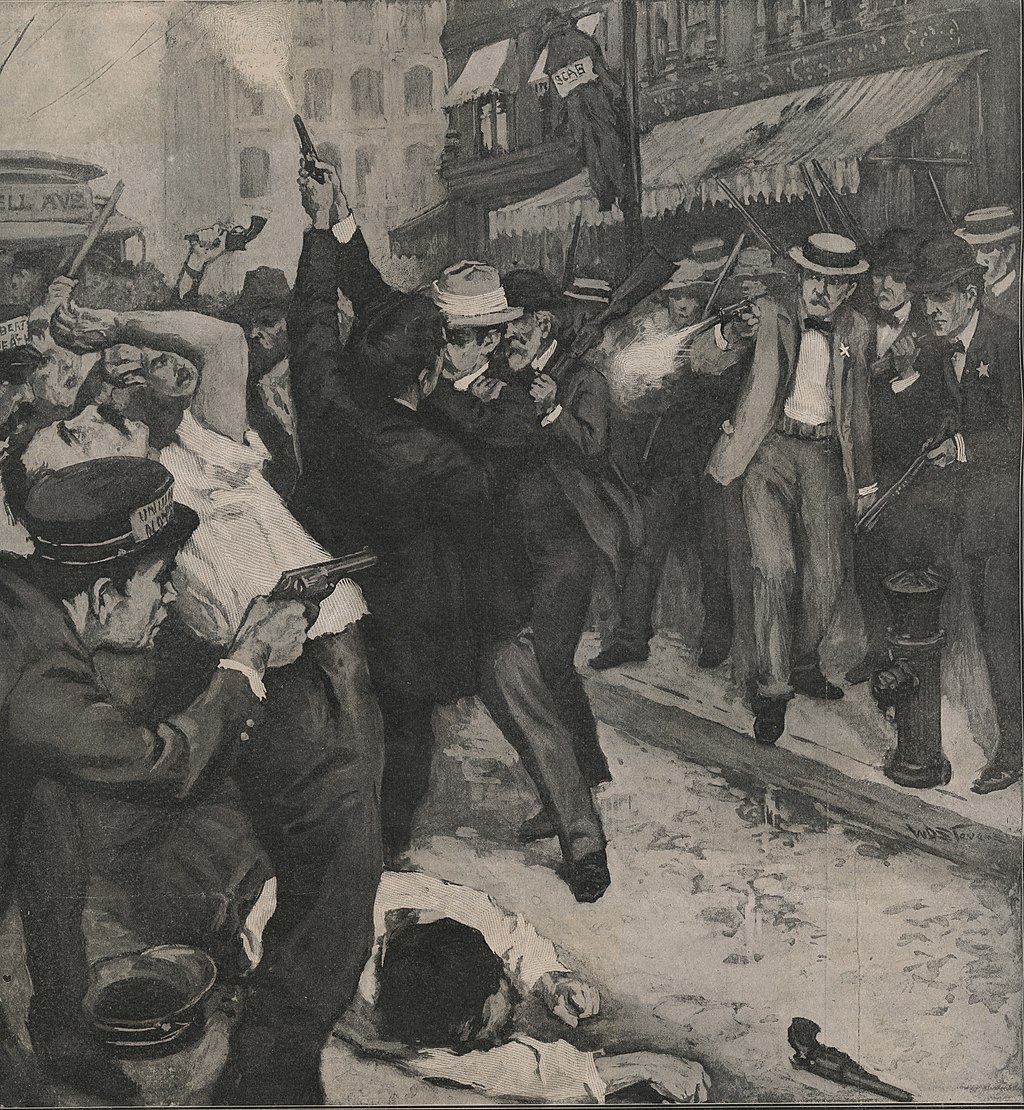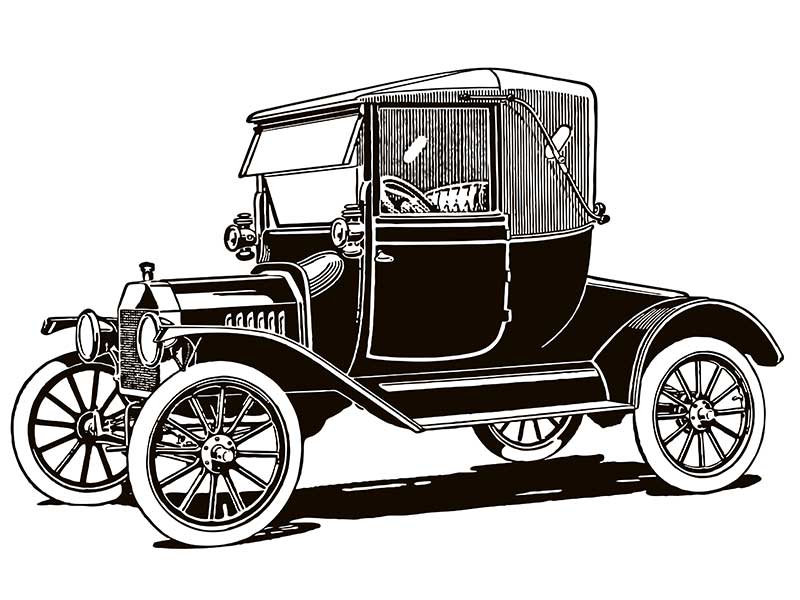The St. Louis Streetcar Strike Begins: May 9, 1900

The St. Louis streetcar strike began on this date in 1900. It would continue for four months. During that time, fourteen people were killed and hundreds were injured due to violent clashes between strikers and police as well as armed deputized civilians who were empowered to help break the strike.
As streetcar lines in the city consolidated from ten lines into two, employees faced long hours and low pay leading up to the strike. This led the streetcar workers to attempt to unionize under the newly formed Amalgamated Association of Street Railway Employees of America (now the ATU). However, the workers of the St. Louis Transit Company headed by Edwards Whitaker who supported the union were fired en masse, and no change to wages or hours were implemented. According to an article published by the St. Louis/Southern Illinois Labor Tribune, a meeting of streetcar workers was held in March 1900 to develop a list of demands. These included the re-hiring of fired union members, a pay raise, and a ten hour cap for shifts.
When their demands were not met, the employees voted on the evening of May 8 to begin a strike the next day. According to reports in the St. Louis Republic from the time, riot conditions took hold across the city. Streetcar lines were barricaded with rubble and boulders. Cables were cut. Clashes broke out between parties sympathetic to the strikers and those opposed. Members of other unions shut down streetcar tracks in their own neighborhoods as a show of solidarity.
By May 29 the attorney working for Edwards Whitaker wrote this account to the local labor commissioner: “On Wednesday last a transit car, without a light about it, was loaded with armed men, and while the car was running at a rapid speed by the corner of Mississippi and Park Aves., the men in the car, absolutely without a shadow of provocation, fired into a hall 100 feet away in which a few striking employees were assembled, and several people on the streets were wounded and the lives of many were endangered. Last Thursday night a similar unprovoked outrage was committed at the corner of Compton and Park Aves., where several citizens, some not connected with the strike, were seriously wounded. Other outrages of this nature could be cited, which were committed by ruffians armed by the company and loaded on its cars and scattered through the city.”
The clashes continues with members of a posse comitatus formed by the police board shooting strikers (killing at least three and wounding fourteen others), while the strikers attempted to dynamite housing built for the temporary workers who were replacing them. The strike eventually fizzled out, having lost momentum, with no change in working conditions implemented. Streetcar workers would go on strike once more in 1918.
Related Posts
May 8, 1898
On this date in Missouri history, the St. Louis Motor Carriage Company is founded.
May 29, 1974
Five people were killed by lightning in one day in St. Louis County. Four were Freshman girls at JFK High School in Manchester.
May 2, 1953
St. Louis got 4.0 inches of snow. (Yes, in May!)



